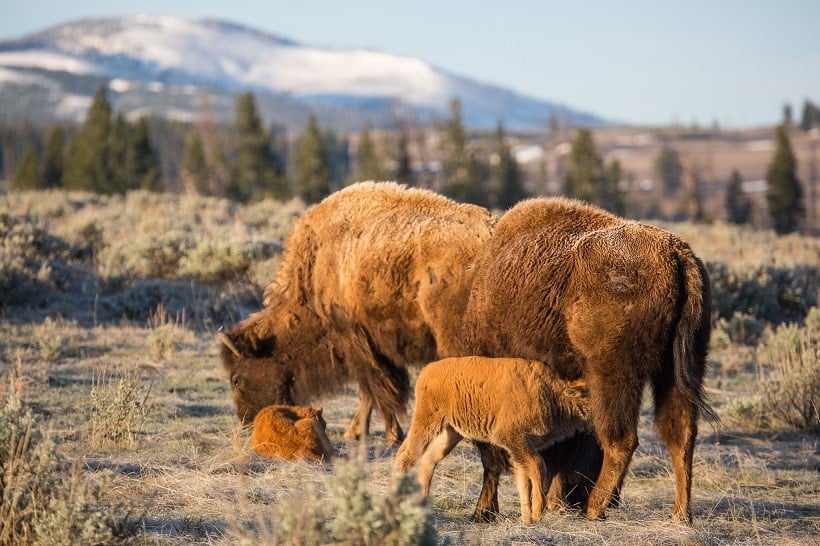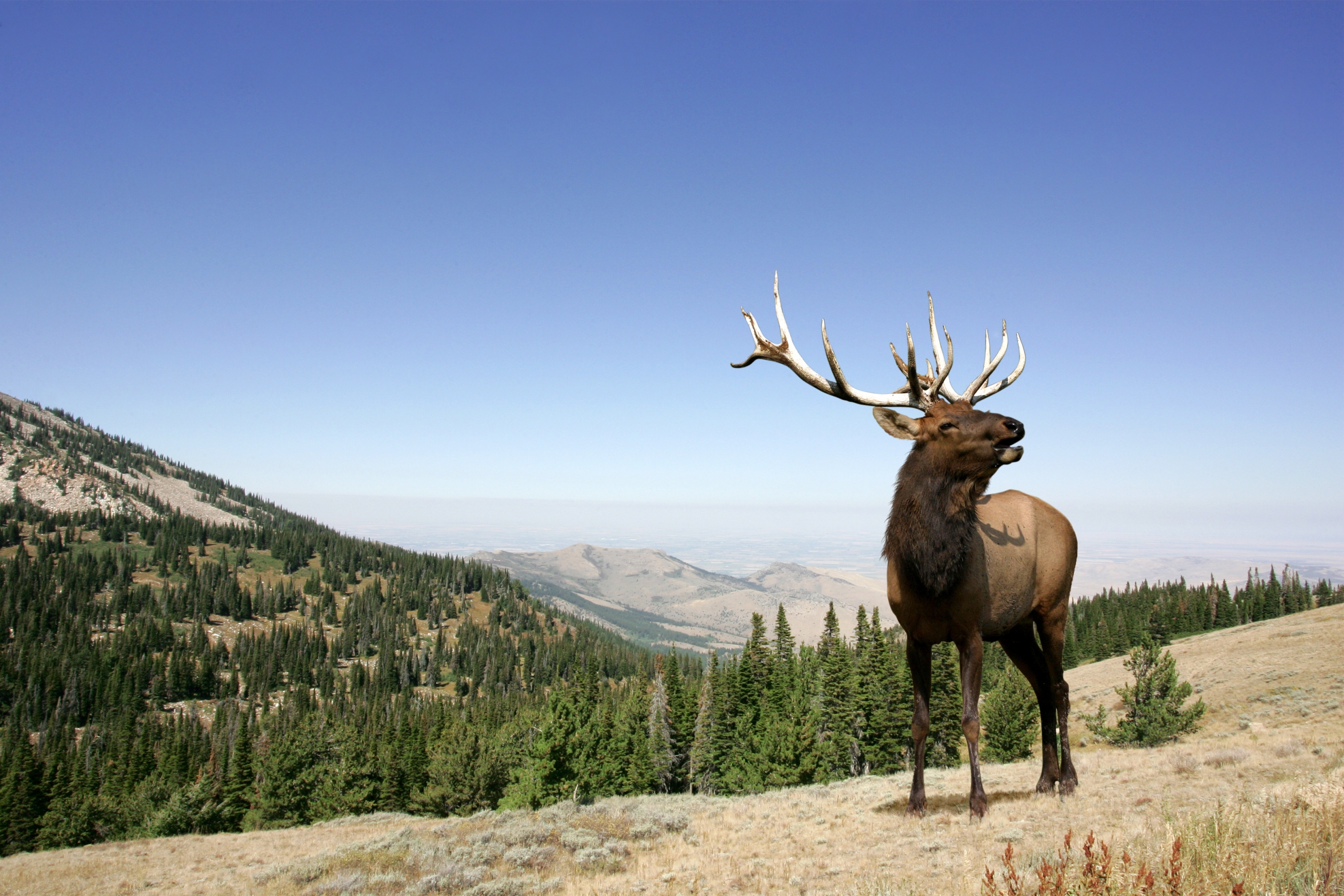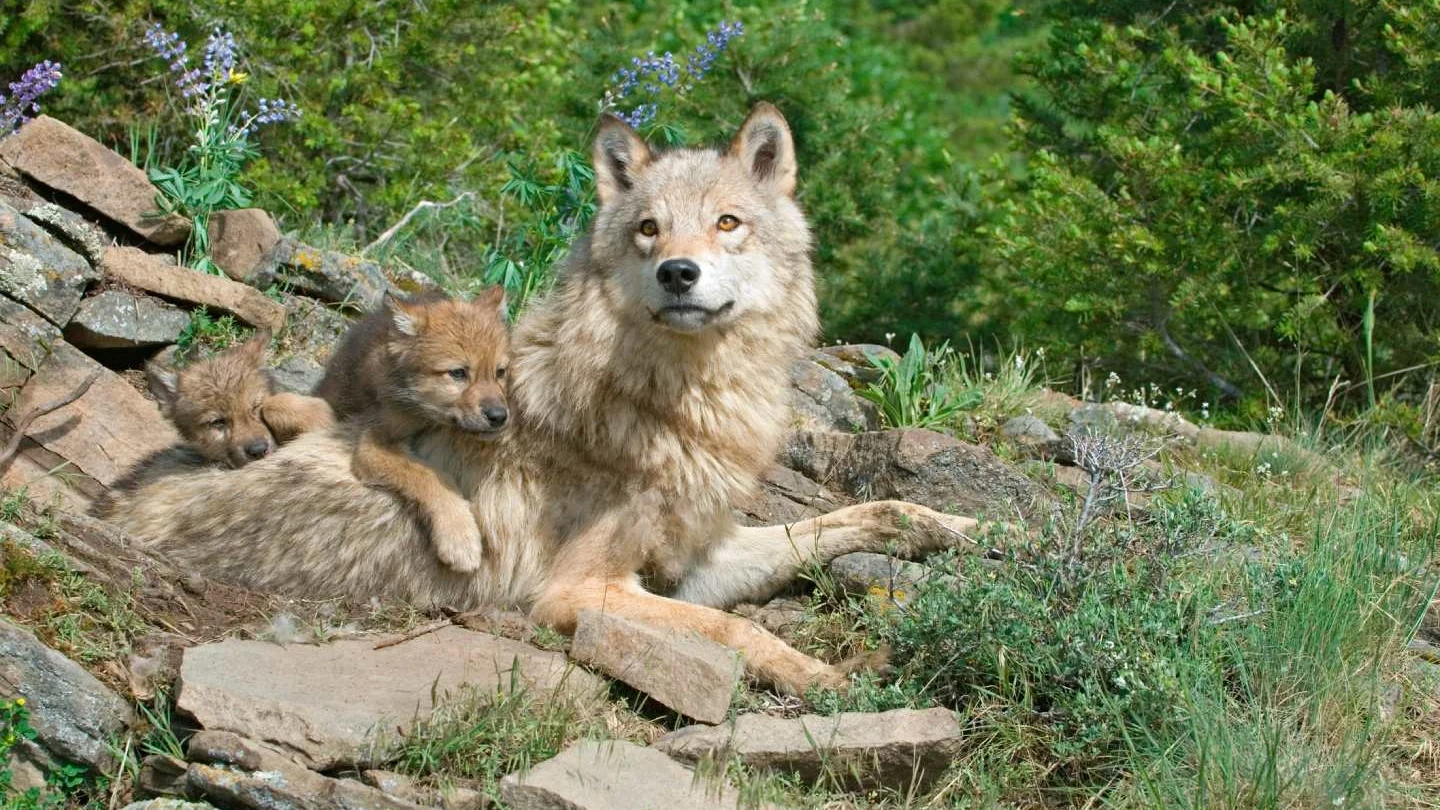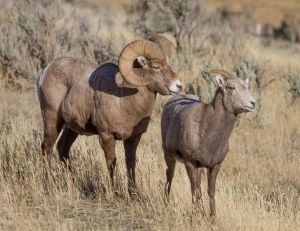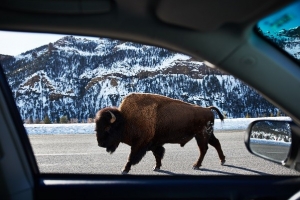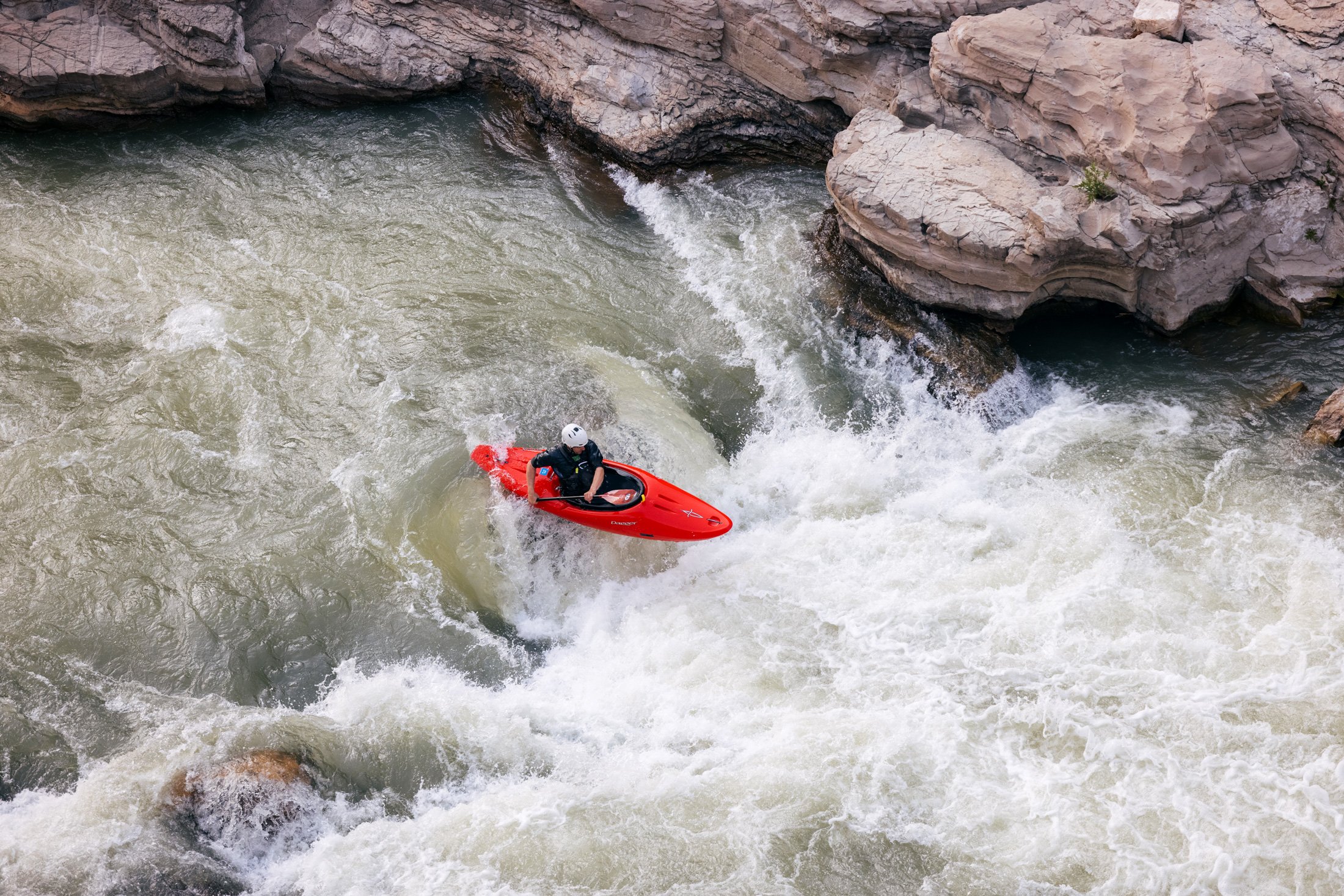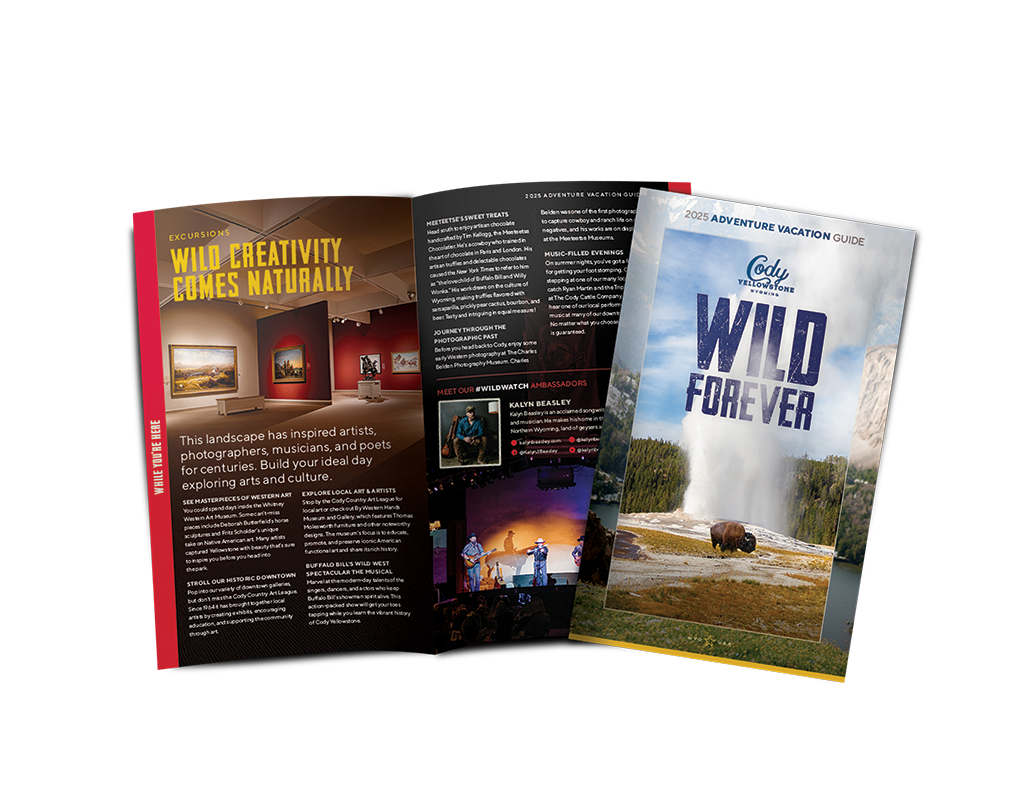December 17, 2025




December 17, 2025

September 25, 2025

September 25, 2025


CODY, Wyo., February 7, 2022 – Although the first official day of spring this year is Sunday, March 20, for most area residents the season truly begins when the first bear cub is spotted in the wild.
